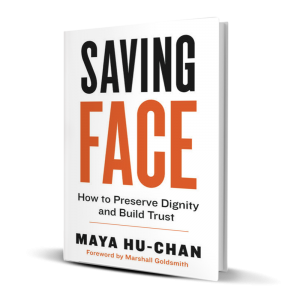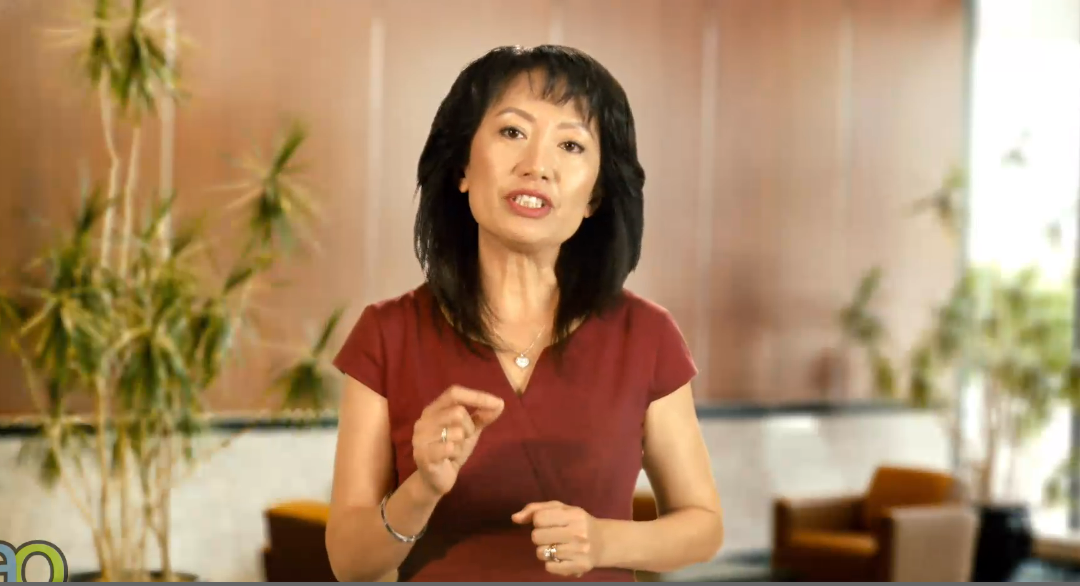Diversity and inclusion aren’t just trendy business buzzwords.
Research suggests that companies that embrace diversity perform better than companies that don’t make it a priority. And hiring a diverse workforce is only half of the equation. In order for companies to truly gain the benefits of the diverse thinking, backgrounds, and ideas of their workforce, employees have to feel safe, comfortable, and empowered to be themselves. They need to be able to express their opinions and ideas. To take smart risks. To feel not just like they’re invited to the table, but that they have a voice at the table. This is what inclusion is. However, there are hidden dynamics that can kill collaboration and undermine teamwork. One of the most damaging is the insider and outsider dynamics. So what does insider/outsider dynamics look like?
The term insider and outsider might bring back memories of your high school years. Popular teenagers actively exclude others from joining their circle of friends. In the context of a corporate environment the behaviors at play can be much more subtle, embedded, and even undetected to some people.
For example, my client Noah works for a global tech company in Silicon Valley. Noah’s team is comprised of people in the same time zone at the headquarters, while others, like Noah, live several time zones away. Noah often starts his day by working on a project only to learn the company changed the direction or canceled the project completely the night before. He was left out of the decision making loop because he was asleep. Noah feels like an outsider, while the rest of his team are perceived as insiders.
Noah’s experience was a result of structural challenges. But workplace culture can unintentionally create an insider/outsider dynamic too. For example, workers who smoke might discuss business with other smokers during smoke breaks, leaving non-smokers out of the loop. A company might schedule activities around golf during its annual summit, making non-golfers feel left out. A manager might simply respond more positively to outgoing, extroverted employees, elevating their voices and ignoring those who are more reserved. So, what is the impact of an insider/outsider dynamic?
When this kind of dynamic exists there can be unintended bias in decision making, and unconscious bias in the selecting and grooming of individuals for promotion. There can be excessive barriers based on hierarchy. Those on the outside simply can’t break through the barriers that would place them on the inside. This dynamic can also create unequal and unfair standards. Simply said, the insiders can seem to operate with their own rules and norms, while the outsiders don’t know what those are.
So, what can leaders do to break down those barriers? The first step is to pay attention to the team dynamics. Notice that the subtle or not so subtle behaviors the team members exhibit during team interactions.
Secondly, when the insider/outsider dynamics occurs, take immediate actions to override it. For example, call out and discourage negative, exclusive behaviors. Empower outsiders to speak up and break through the barriers.
Last but not the least, lead by example. Demonstrate inclusive behaviors and create a culture of psychological safety. For example, proactively share information. Include all invested parties in decision-making. Amplify voices that aren’t being heard. Actively engage remote team members. Share the unwritten rules with people who don’t know them.
If you want to break insider/outsider dynamics, remember those steps. Number one, pay attention to the team dynamics. When the insider/outsider dynamics occurs, take immediate actions to override it. And lead by example. Only when insider/outsider dynamics are shattered, can leaders start to build towards a truly inclusive team environment.
 My book, Saving Face illustrates how we can honor face to create positive first impressions, avoid causing others to lose face, and, most importantly, help others save face to build trust and lasting relationships inside and outside the workplace.
My book, Saving Face illustrates how we can honor face to create positive first impressions, avoid causing others to lose face, and, most importantly, help others save face to build trust and lasting relationships inside and outside the workplace.
Click here to watch the video.
This video was originally posted on AthenaOnline.com

